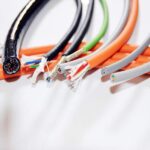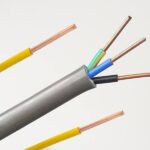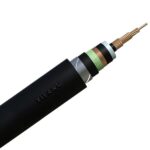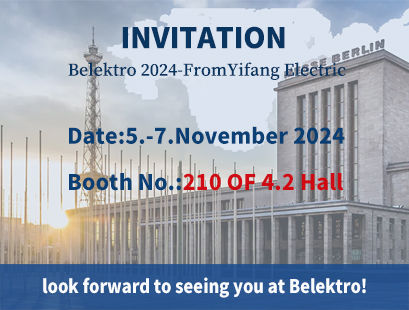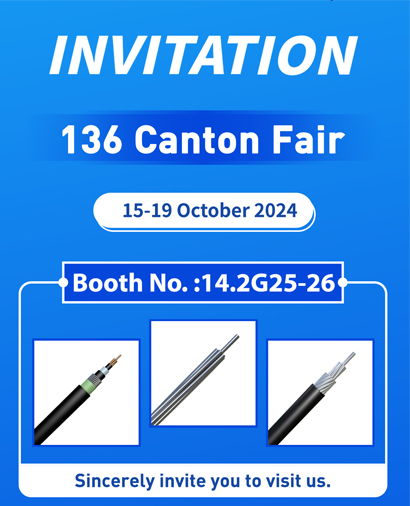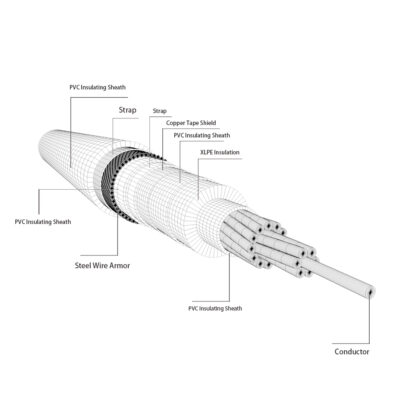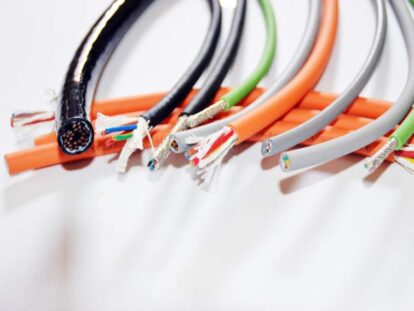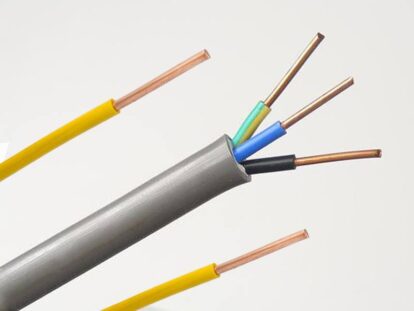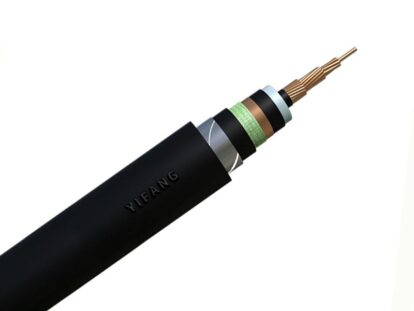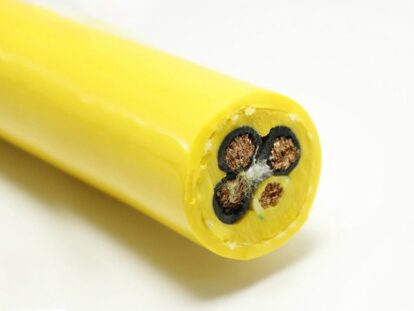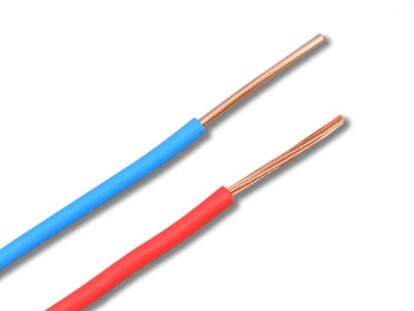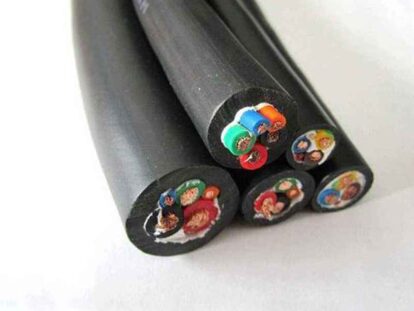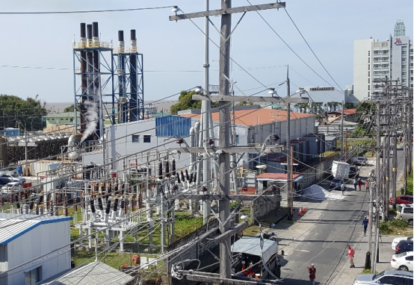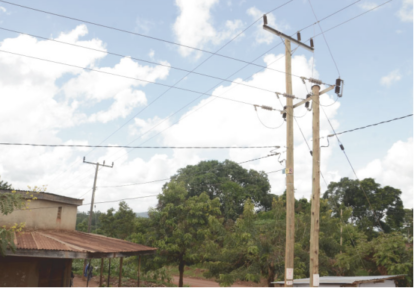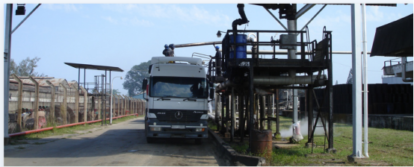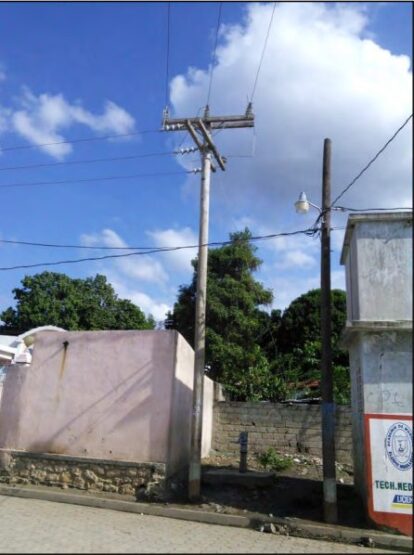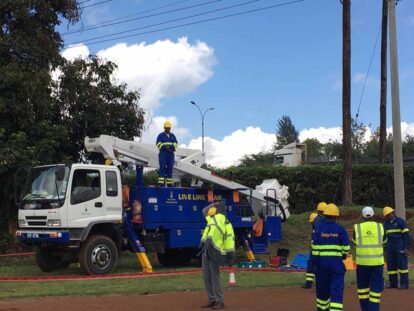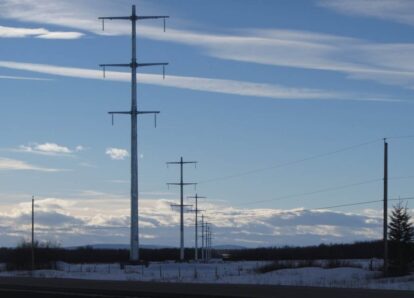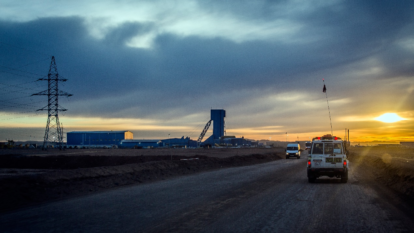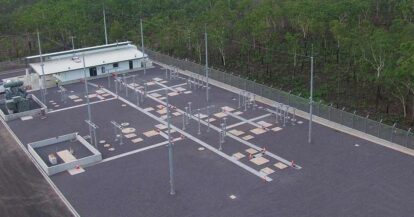YJV cable is the most commonly used in the cable industry. It is a general concept. What we usually call cable actually refers to YJV cable.
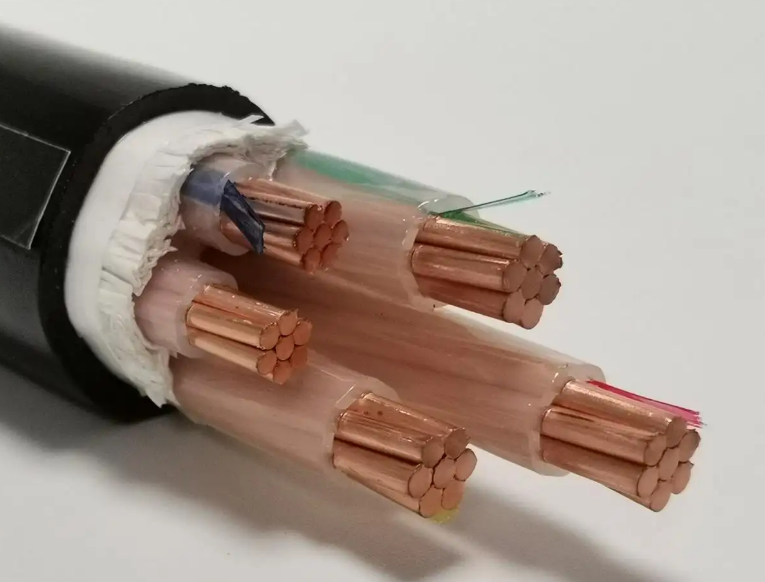
YJV cables play a very important role in power transmission. Most of the power transmission uses YJV cables, which are like arterial blood vessels in human blood vessels, or the trunk of a towering tree.
For example, in urban power transportation, YJV cables are usually found in cable trenches, and many cables are buried underground.
This kind of cable has a very powerful power transmission function, but it is often damaged and has a great impact. Therefore, we will hear or experience that the power cable will be cut off by the construction team when excavating the ground, which will lead to serious damage. In the case of area power outages, cables like this are called power cables, which are the YJV power cables mentioned above.
The full name of YJV cable is XLPE insulated PVC sheathed power cable, in which YJ represents XLPE insulation, and V represents PVC sheath, which is generally used as the laying of backbone cables.
In addition, there are many types of our common YJV cables, such as ordinary YJV cables, steel belt Kaizang cables, flame-retardant cables, fire-resistant cables and low-smoke halogen-free cables.
Each cable has a different letter instead, which needs to be distinguished.
The most commonly used voltages for YJV cables are 0.6/1kV and 8.7/15kV. The copper core of the cable conductor also has different specifications, such as single core, two cores, three cores, four cores, five cores, 3+1 cores, 3+2 cores, 4+1 cores, etc.
Under normal circumstances, 3 cores are mostly used in high voltage, and the price is relatively expensive and fluctuates frequently.
YJV cable parameters
1. The ambient temperature shall not be lower than 0°C when laying, and the bending radius of the cable shall not be less than 12 times the outer diameter of the cable.
2. The long-term maximum working temperature of the cable conductor does not exceed 90℃.
3. During short circuit (the longest duration is not more than 5s), the maximum temperature of the cable conductor should not exceed 250℃.
4. The DC resistance of the conductor meets the requirements of GB/T 3956-2008.
5. The insulation performance of the finished cable meets the requirements of GB/T 12706.1~ GB/T 12706.3. And should withstand the AC voltage specified by the corresponding standard without breakdown within the specified time.
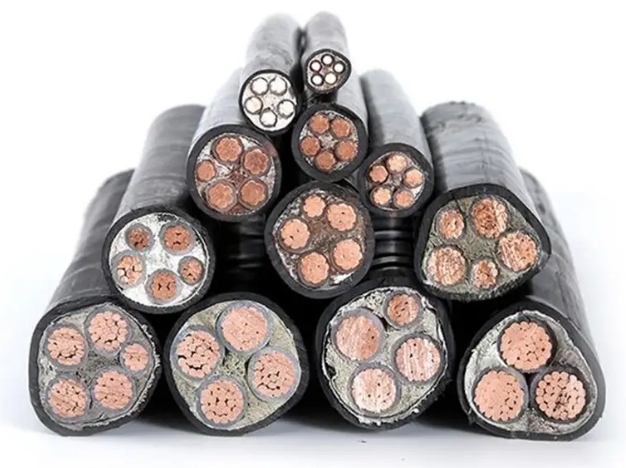
YJV cable advantages
1. The identification mark of the insulated wire core is distinguished by color separation tape or numbers or colors.
2. The multi-core cable adopts the compact fan-shaped design, with stable structure, light weight and small outer diameter.
3. It has excellent electrical properties and high breakdown electric field strength.
4. The dielectric loss tangent value tanδ is small and the insulation resistance is high.
5. It has high heat resistance and aging resistance, allowing high operating temperature and large current carrying capacity.
6. The cable can withstand large mechanical external force and easy to install and maintain.
In summary, XLPE-bonded power cable has the characteristics of excellent thermal-mechanical properties, excellent electrical properties and chemical corrosion resistance, and also has the advantages of simple structure, light weight, and the laying is not limited by the drop, etc. It is widely used in urban power grids , mines, factories and other fields.


